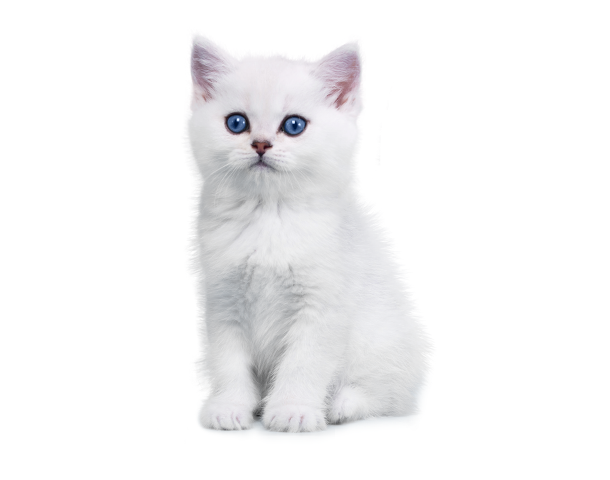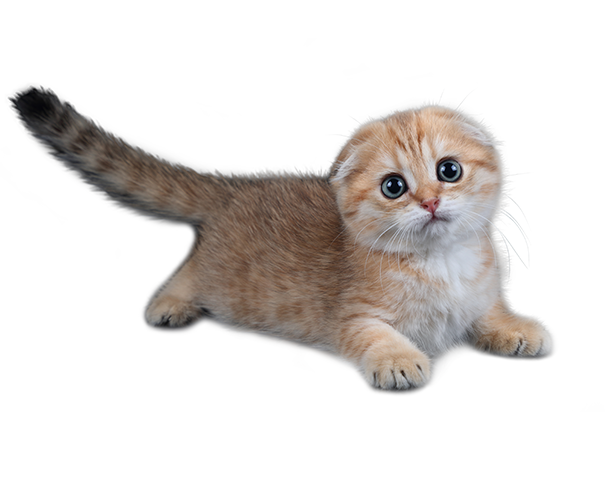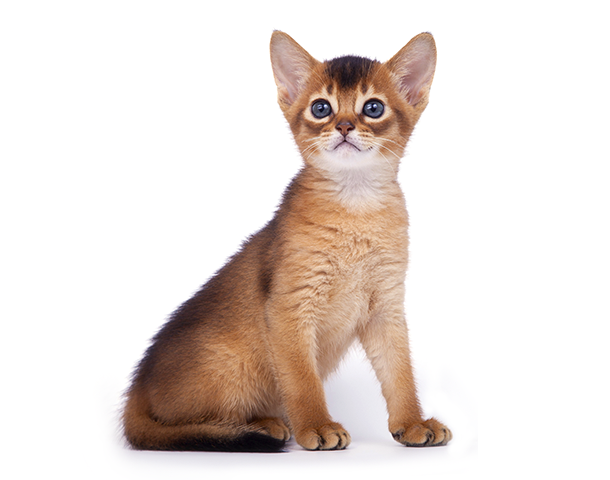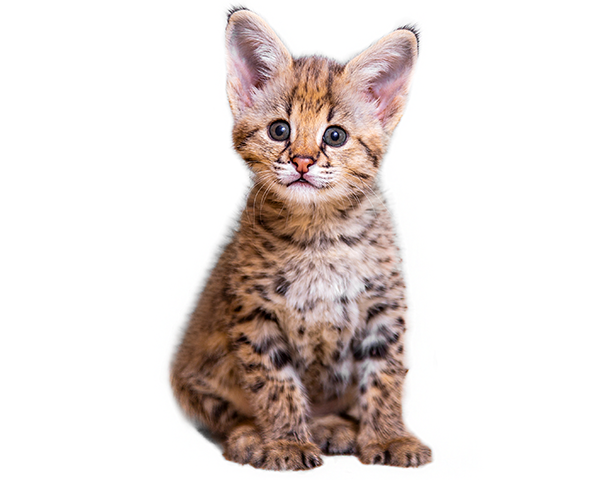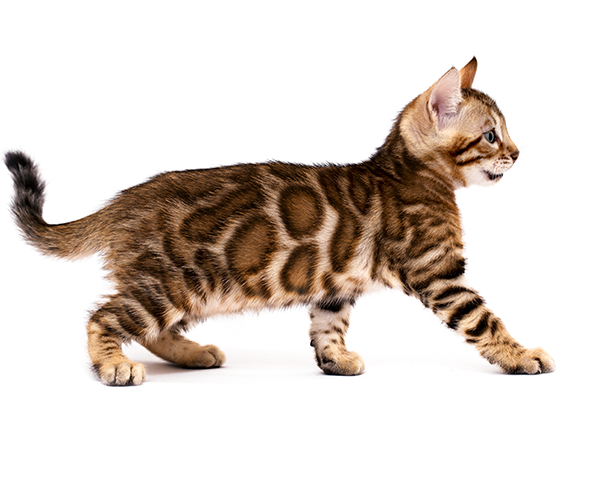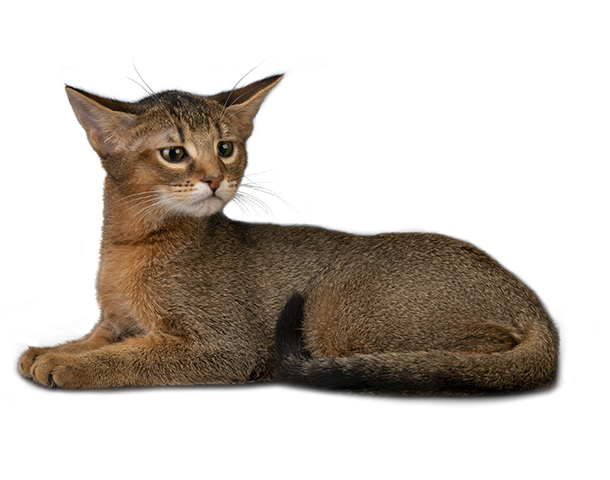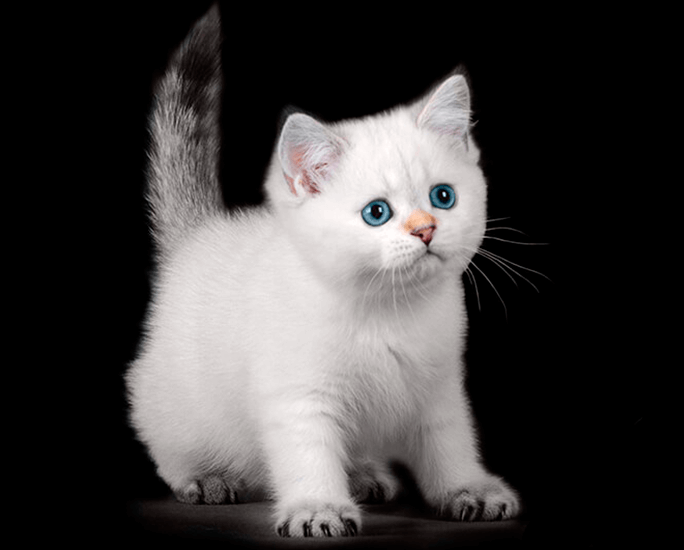How much does a British kitten cost
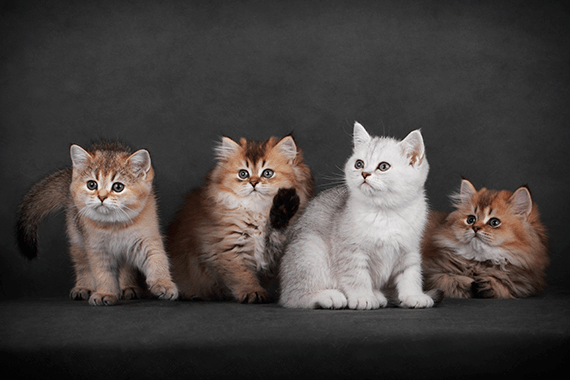
In this article, we will answer the question that interests many guests of our site who decide to buy a British kitten: What determines the price of a short-haired pet and why is it so different for British cats?
It is best to buy a thoroughbred kitten in a good cattery, not because it is prestigious, but because a cattery with a solid reputation, as a rule, tries to maintain it at a high level. This means that he invests a lot of effort, time, energy, knowledge, a large amount of money in a professional attitude to breeding issues, in worthy and correct keeping of animals, painstaking selection and acquisition of the best representatives around the world, careful study of pedigrees, study of advantages and disadvantages , compatibility and selection of genetic lines, the correct selection of pairs and careful planning of matings, timely veterinary care, excellent breeding, animal care and upbringing of a new generation, and much more so that the future owner will not only like the kids and be healthy, but also worthy represent their breed. All this is a guarantee of the future health and beauty of your pet.
The cost of animals in such nurseries is not small! Those who invest a lot cannot sell cheap! And here it is important to understand that these investments are made in your future pet, made at the right time and professionally!
The cost of a purebred British kitten from the same parents, in the same litter is different, because babies can be born different in quality, size, severity of breed traits, quality of wool, etc., so each is evaluated individually, and the difference in the price of animals of the same litter can be very significant. In addition, there are litters of different sizes in the same cattery, and the smallest kitten in a large litter may be better than the largest in another. For this reason, there is no defined average amount. Everything is very individual!
Please note that this article is only about animals that are bought as a pet, with no plans to join the club and further use in breeding. As for the cost of an animal for breeding, this is a separate issue, such animals can cost several times more.
We very often encounter the delusion that if a cat or a cat is not used in further breeding, i.e. is bought exclusively for home and family (castration), then it should cost much less, but otherwise it should not differ in any way from its expensive counterparts. This is not entirely true. It is very important to understand that under castration (without use in breeding), different animals can be sold for the home according to their breeding quality (Pet class, Breed class, Show class).
Pet Class kittens
Animals of this class are indeed cheaper (although their cost is also different, depending on the reason for which the kitten was assigned to this class (lack of expression of breed traits, deviations from the standard or genetic malformation). Within this class, the cost it can also be different, since two babies with the same defect, for example, with an incorrect bite, can have a different cost if one is large with pronounced breed features, and the other does not have this.
A large cat, with well-defined breed features, can cost more than one that does not have any deviations from the standard, but, unfortunately, has a simplified breed type, light skeleton and other shortcomings. Everything is evaluated as a whole.
Show Class
These are cats, according to the breeder, that do not have any deviations from the breed standard, have pronounced pedigree traits and prospects.
But even within the proposed Show class, they can have different prices, as they differ from each other in the severity of breed traits, the size and severity of the skeleton, the quality of wool, and so on (this is especially evident when comparing).
The conclusion is very simple: The value of an animal depends on its breeding quality, regardless of your plans for its future! And only you can decide which animal you want to have in your home.
Breed Class
Such an animal has minor deviations from international standards (for example, in color or in the expression of breed traits) and occupies a conditionally intermediate position, but can participate in breeding.
A pet (non-breeding animal) can be a cat of any of these 3 classes.
At 2-3 months of age, the division into classes is very conditional and can only be conjectural. At this age, we can only talk about the absence of obvious and visible shortcomings that will allow a kitten “with a marriage” to be immediately attributed to the PET class. As for the SHOW class, the breeder can only confirm the absence of deficiencies, have a document on the act in the club, and at this age speak only about his assumptions about the prospects, based on his experience.
There is a golden rule: «Each breeder knows how much his animal costs». Simply put, by naming the price, the breeder evaluates everything in the aggregate, what quality is his kitten, his presumed class (Show, Pat, Brid), what size he is, what type he is (severity of breed traits), what is its genetics, the prospect for development and how much labor and money are invested in its birth and cultivation. Naturally, at the same time, the breeder must be a professional in his field, know the standards of his breed, realistically assess the advantages and disadvantages of his animals in order to be able to realistically evaluate a British breed kitten.
Of course, it is desirable for yourself to choose the best, even if you buy a British kitten exclusively for home, so that later you will be able to admire a beautiful, powerful animal with pronounced pedigree features for many years, which can adequately represent its breed in your home.
Getting a decent cat is a big job for a breeder. As a rule, in a good cattery, where all producers are carefully and professionally matched to each other along genetic lines, with a predictable quality of birth, Pet class animals are rarely born. But even within the proposed Show class, kittens of the same litter may have different prices, as they differ from each other in the severity of breed traits, the size and severity of the skeleton, the quality of wool and others. Therefore, the cost of each has its own and roughly we can only talk about the price of an average kitten.
If you decide to buy a Pet-class animal, always specify the reasons why it was assigned to this particular class in order to understand and evaluate your capabilities and desires. The disadvantages may be different. Some of them (length of coat, simplification of type, lack of expression of breed traits, small size) are not so important for the health of your pet. Others can be serious (deviations caused by gene mutations) – they can further affect the development and health of the kitten and, perhaps, this will require specialist advice and additional material costs.
British kitten pedigree
Even if you decide to buy a British cat for the soul, pay attention to the presence of a pedigree, that is, a document of origin issued by an authoritative Club, this will protect you from acquiring a baby just like your favorite breed.

